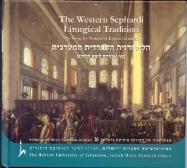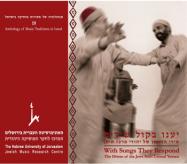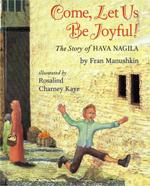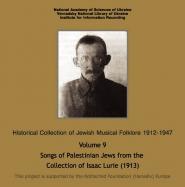(268 results found)
Alekhem 'eda qedoshah
… The qinnot (dirges) for the Ninth of Av, the Hebrew date marking the destruction of the Temple of … the day marking the national defeat. Almost the same melody is sung in Amsterdam and New York City. A version of this melody appears in the Aguilar and De Sola anthology ( 1857: …
Mizmor le-david (Psalm 29)
… This is a rhythmicized example of the Hebrew psalmody used for the Sabbath eve (compare with no. 9 above). Each verse is set to a simple syllabic melody that consists of two main motifs, expanded or … here. By the beginning of the 20th century however, this melody was performed in Amsterdam by the choir. The last …
"Im Nin’alu Daltei Nedivim" (Were the gates of the munificent closed)
… to many melodies. Alternate stanzas are written in Hebrew and Arabic. This recording features Shalom Keisar, … The singer opens with the song’s most widely known melody, which was popularized by Bracha Zefira among the … closing hemistich. The tawshihִ is sung to another, faster melody. It is usually sung in a responsorial manner, as …
"Ahuv libi semaḥ bemitzvot nikhtevu" (My beloved, be happy)
… poem by Shalem Shabazi, signed Alshabazi mashta , mostly in Hebrew, with a small part in Arabic. This song is performed … of melodies, with opening and conclusion in the same melody, which is expanded at the end. Aharon Cohen and the … are three melodies: the first two stanzas are sung in one melody, the third with another, and the fourth to sixth …
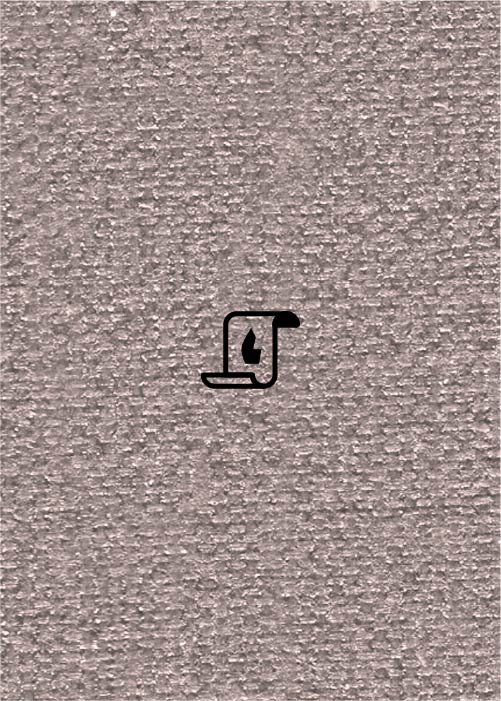
The Music and its Function in the Singing of the Qasīd anda birabbī dī kalaq (Hebrew)
… hallel is sung by the entire audience to a fixed melody with a slow, measured rhythm typical of liturgical … Function in the Singing of the Qasīd anda birabbī dī kalaq (Hebrew) … Uri Sharvit …
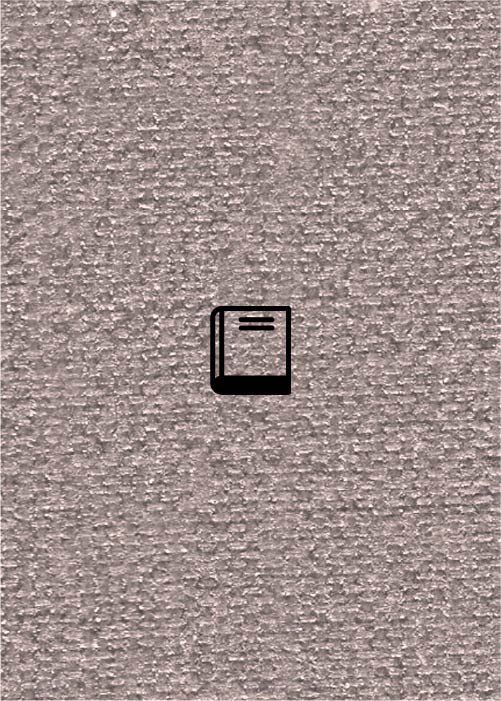
The Mogen Ovos Mode: a Study in Folklore
… deals with the nature of folk songs in general. … 3 … Hebrew Union College Annual … Hebrew Union College Annual … 38118 … 559-74 … Cincinnati … Hebrew Union College-Jewish Institute of Religion … … 14 … …
Come, Let Us Be Joyful! The Story of Hava Nagila
… Judaism. In Manushkin’s narrative, she attributes the Hebrew lyrics of Hava Nagila to Cantor Moshe Nathanson. In the book, Manushkin depicts the journey of the wordless melody to the Land of Israel, Idelsohn’s recording of the melody, and Nathanson’s composition of the lyrics. In the …
[E-erokh nivi. Mi-kehilah]. (Berit-milah)
… terms of quality and completeness. It is a very well-known melody from Aleppo and Jerusalem for a famous poem by the Moroccan Hebrew poet R. David Hassin (1727-1792) that rapidly spread … recording shouts “shavu’a tov”, “have a good week”). This melody, that appears to be a variant of the North Moroccan …

The Kol Nidre Tune
… and a Minnesong motive adduced in the discussion. … 3 … Hebrew Union College Annual … Hebrew Union College Annual … 38120 … 493-509 … … 8-Sep … …

Le traite anonyme du manuscrit hebreu 1037 de la Bibliotheque Nationale de Paris
… Centre … 38761 … Jan-47 … Jerusalem … The Magnes Press, The Hebrew University … Yuval Studies … … 1968 … Music … Music …

